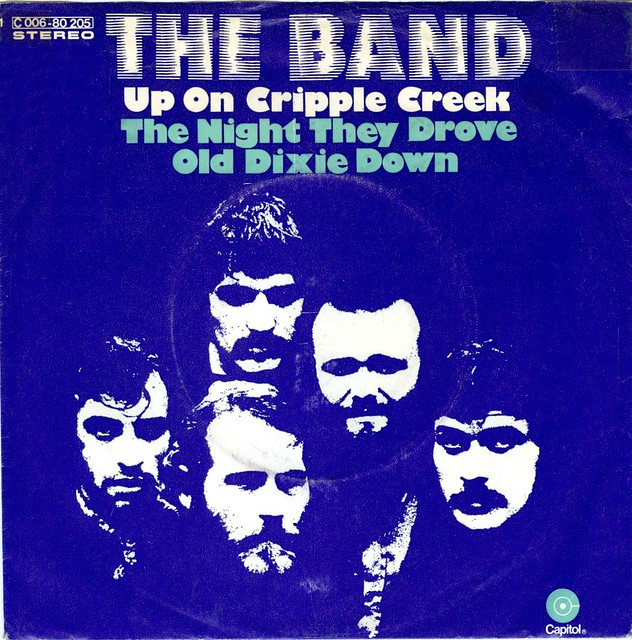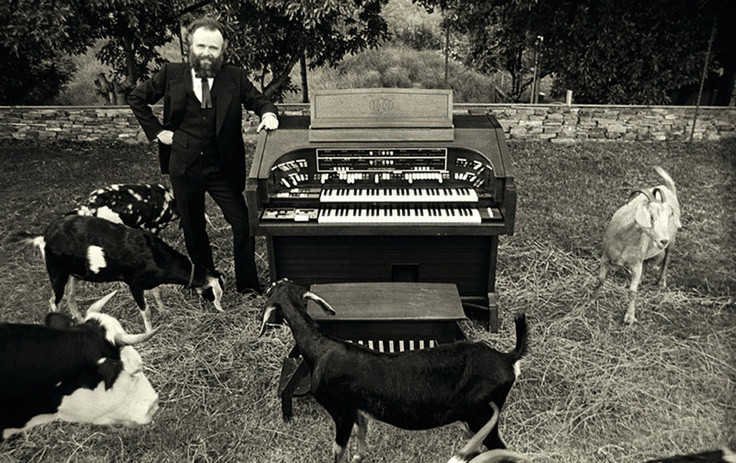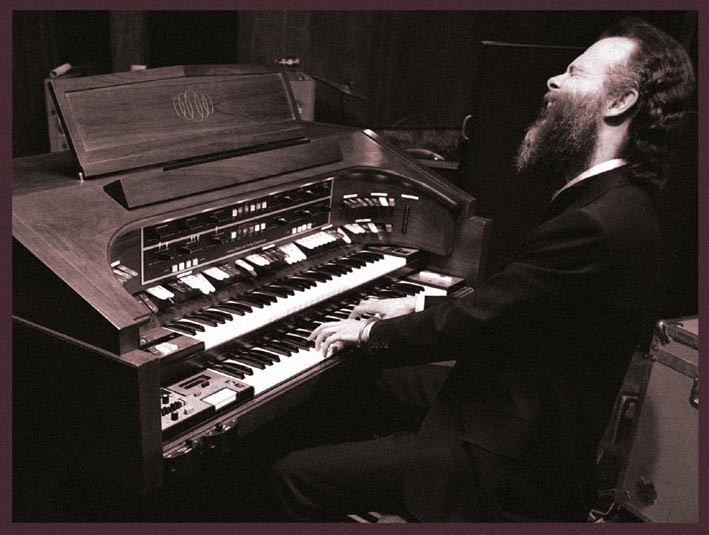“Up on Cripple Creek” by The Band, from their eponymous 1969 album, is a timeless classic that continues to captivate listeners. While the song is a testament to the collective brilliance of The Band, a closer look reveals the pivotal role of Garth Hudson and his innovative clavinet playing. Initially considered a “throwaway number,” as Barney Hoskyns notes in Across The Great Divide: The Band in America, “Up on Cripple Creek” was transformed into a majestic track largely thanks to Hudson’s studio wizardry.
Levon Helm, The Band’s drummer and vocalist, recounted the song’s evolution: “It took ‘Cripple Creek’ a long time to seep into us. It was like it just had to simmer with everybody a while. We cut it two or three times, but nobody really liked it. It wasn’t quite enough fun. But we fooled around with it, and finally one night we just got hold of it, doubled up on a couple of chorus parts and harmony parts, and that was it.” While Helm’s distinctive vocals are a highlight of “Up on Cripple Creek,” it’s Garth Hudson’s multi-dimensional keyboard work, particularly on the clavinet, that truly ignites the song.
 Garth Hudson Keyboard
Garth Hudson Keyboard
Hudson’s signature sound on “Up on Cripple Creek” wasn’t created with a traditional organ or piano, but with a clavinet. This choice proved to be incredibly influential, extending beyond The Band’s immediate circle to artists like Eric Clapton, The Rolling Stones, and even The Beatles. Don Was, renowned producer for The Rolling Stones, emphasized Hudson’s impact in Classic Albums: “If you listen to ‘Up on Cripple Creek’ I believe Garth was the first guy to use a clavinet as a funk rhythm tune…it was before [Stevie Wonder recorded] ‘Superstition.’ I mean listen to it, I always thought it was a Jew’s harp but you listen to it and [Garth’s] playing a funky wah-wah clavinet.”
Robbie Robertson, The Band’s guitarist and songwriter, further highlighted the clavinet’s central role in “Up on Cripple Creek” in Classic Albums. He explained, “This effect that Garth has, the clavinet and the organ are kind of like the lead instrument. The thing that sticks out isn’t the guitar nor the piano, but this Jew’s harp clavinet thing.” Despite this instrumental prominence, Hudson’s songwriting contributions often went uncredited. When questioned about his input, Hudson told Clash Magazine, “Everybody influenced songs. Everybody, to one degree or another, so it becomes songwriter versus those who surround them, those who enfold them, and that’s all I have to say about that.”
The unique soundscape of “Up on Cripple Creek” is undeniably shaped by Hudson’s clavinet and organ interplay, making them the de facto lead instruments. Yet, Garth Hudson’s genius extended far beyond just this one song. His bandmate, Levon Helm, in his autobiography This Wheel’s on Fire, described Hudson as “a phenomenon… he was as interested in good polka music as he was in Bach. He could play with Miles Davis or the Chicago Symphony Orchestra or at the Grand Ole Opry.” Helm’s admiration underscores Hudson’s unparalleled versatility and musical depth.
A revealing anecdote from Martin Scorsese’s film, The Last Waltz, further illustrates Hudson’s character. To appease his parents, who may not have approved of rock and roll, Hudson requested an extra $10 per week so he could tell them he was a music teacher, not a rock musician in a band potentially associated with “evil” music in their eyes. However, Hudson himself viewed music in a much different light, stating, “But actually the greatest priests on 52nd Street and on the streets in New York City were the musicians. They were doing the greatest healing work, and they knew how to punch through music which would cure, make people feel good.” This sentiment reflects the uplifting and joyous energy that permeates “Up on Cripple Creek.”
 Garth Hudson playing Clavinet
Garth Hudson playing Clavinet
When asked about the genre-defying “Americana” sound that The Band pioneered, Hudson explained to Something Else Reviews, “We had all our sources. I admired Charles Brown as a singer and piano player. He was very smooth… Remember that Nat Cole took the guitar player that was playing with Charles Brown – Oscar Moore. So, there was overlap. All of it blended together.” Hudson’s humility often led him to deflect praise, instead highlighting his musical heroes. In an interview with Clash Magazine, he recounted his early influences: “I listened to music and I was into jazz by that time, and all I knew was that someone over there in Cleveland, Ohio, was having a whole lot more fun than I was.” This pursuit of musical joy, inspired by artists like George Shearing, is palpable in every note Hudson played on “Up on Cripple Creek.”
This infectious energy was on full display when The Band performed “Up on Cripple Creek” on The Ed Sullivan Show in 1969. Robbie Robertson once expressed his hope that The Band’s music would possess a “timeless quality.” Garth Hudson’s passionate and rhythmically vibrant clavinet playing is undoubtedly a key ingredient in making “Up on Cripple Creek” a song that continues to resonate across generations. His innovative use of the clavinet in this track not only defined the song but also influenced countless musicians, including Stevie Wonder, who famously employed the instrument in his hit “Superstition.”
 Garth Hudson performing
Garth Hudson performing
In conclusion, “Up on Cripple Creek” is more than just a great song; it’s a showcase for Garth Hudson’s extraordinary musicality and groundbreaking clavinet work. Robertson’s assessment of Hudson as “one of the most special musicians that God ever put here” rings true, especially when experiencing the gloriously groovy sounds of “Up on Cripple Creek.” So, press play and immerse yourself in the timeless genius of Garth Hudson and The Band.
